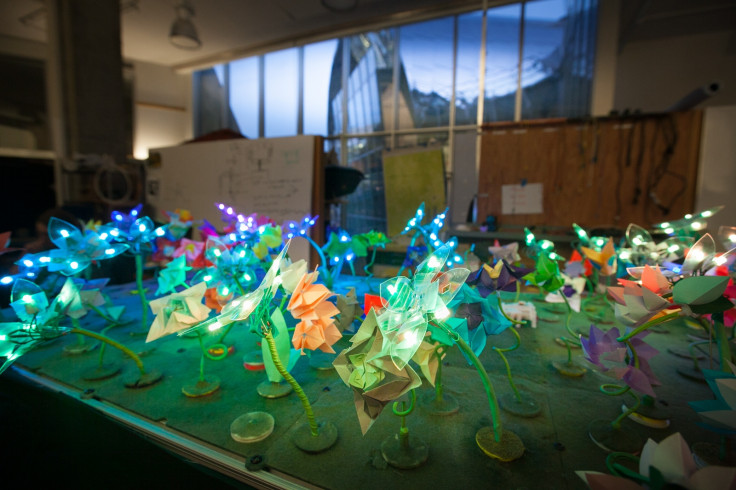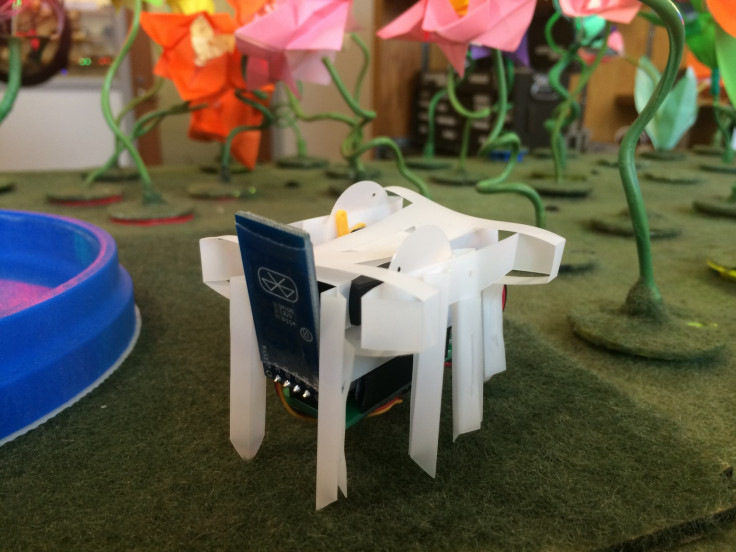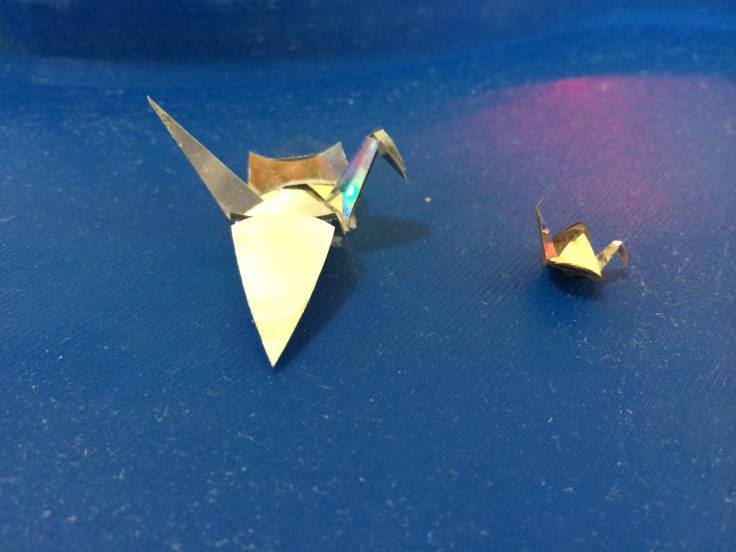MIT builds light-up garden of origami robots to get children into coding
US scientists are hoping their creation of a robot garden will encourage children -- especially girls -- to learn basic programming skills and ultimately help address a shortfall in the IT sector.
MIT have built an LED display of flowers and more than 100 origami robots that crawl, swim, and blossom like flowers.
The distributed robot garden system is operated by any Bluetooth-enabled device and features research into distributed algorithms, which enable robotic sheep and ducks to move and fold into shape, while origami flowers open and change colours.

The garden is the brainchild of a group of researchers from MIT's Computer Science and Artificial Intelligence Lab (CSAIL) and the Department of Mechanical Engineering, who have just had a paper explaining the system accepted by the 2015 International Conference on Robotics and Automation.
"Students can see their commands running in a physical environment, which tangibly links their coding efforts to the real world," said Lindsay Sanneman, lead author of the paper.
"It's meant to be a launchpad for schools to demonstrate basic concepts about algorithms and programming."

MIT has developed a series of printable robots for middle and high schools and hopes to incorporate its robot garden system into a programming curriculum.
In order for users to be able to control separate elements in the garden, they can click on an individual flower using a tablet using the "control by click" mode, or enter their own commands into the "control by code" mode, which then executes actions in real time.
The system has 16 tiles which are connected by Arduino microcontrollers and programmed using search algorithms to explore the garden in different ways, and there is a "graph-colouring" algorithm that ensures no two adjacent tiles share the same colour.
The researcher created eight distinct varieties of origami flowers that include tulips, lilies and birds of paradise, and each flower is embedded with a printable motor that enables it to blossom in an unpredictable way.
As for the robot animals, the sheep were created using traditional print-and-fold origami techniques, while the ducks are 2D paper prints that have been heated in an oven, causing them to automatically fold into shape, and they are powered by magnets.

Next, the researchers hope to make it possible to operate the garden using multiple devices simultaneously, and perhaps add microphones and speakers so that music can sync up to the robots' movements.
"Computer science has so many real-world applications that a lot of kids don't see because they aren't exposed to them from an earlier age," said Sanneman.
"That's why we think there's a lot of potential for tools like this."
© Copyright IBTimes 2025. All rights reserved.






















